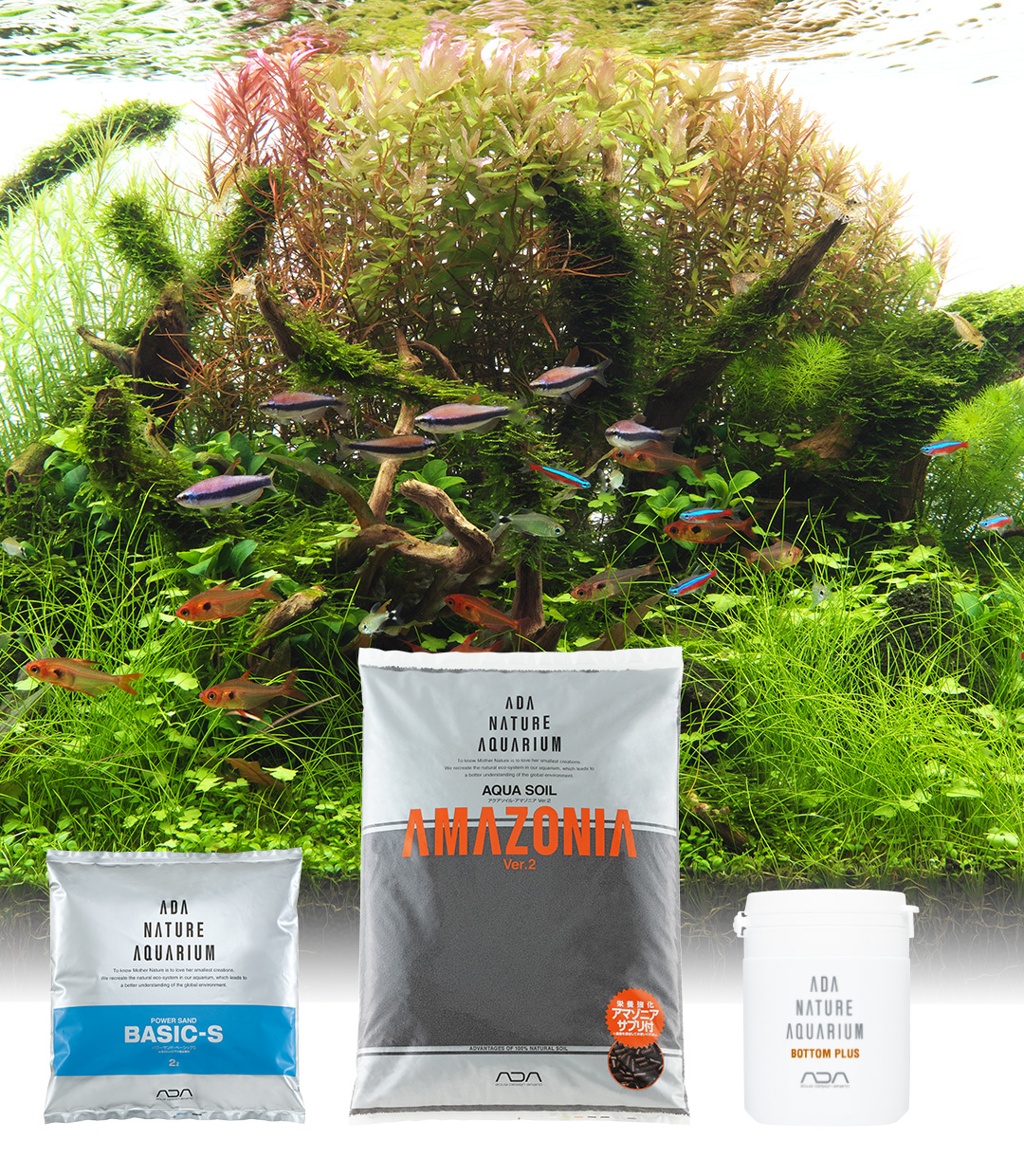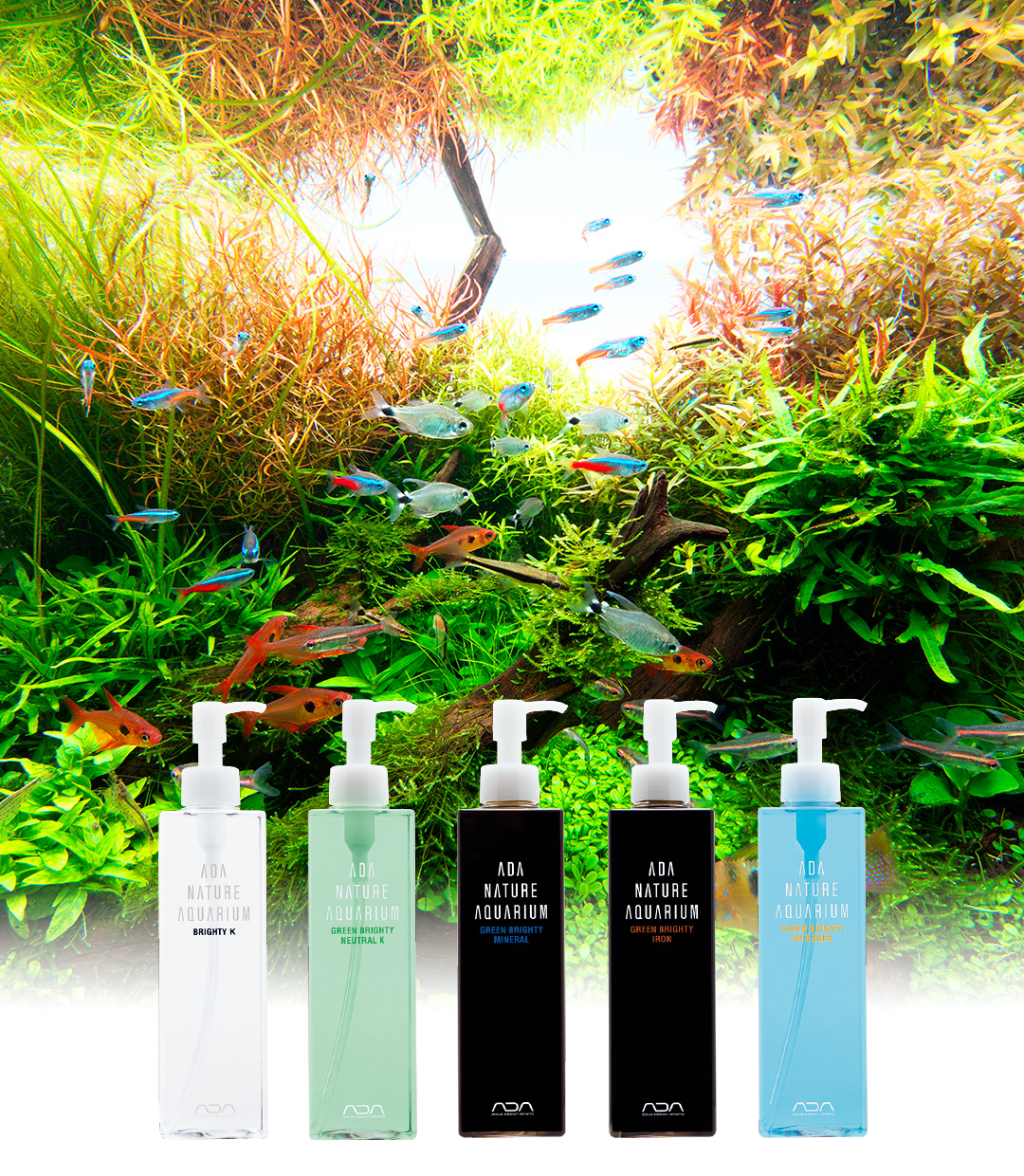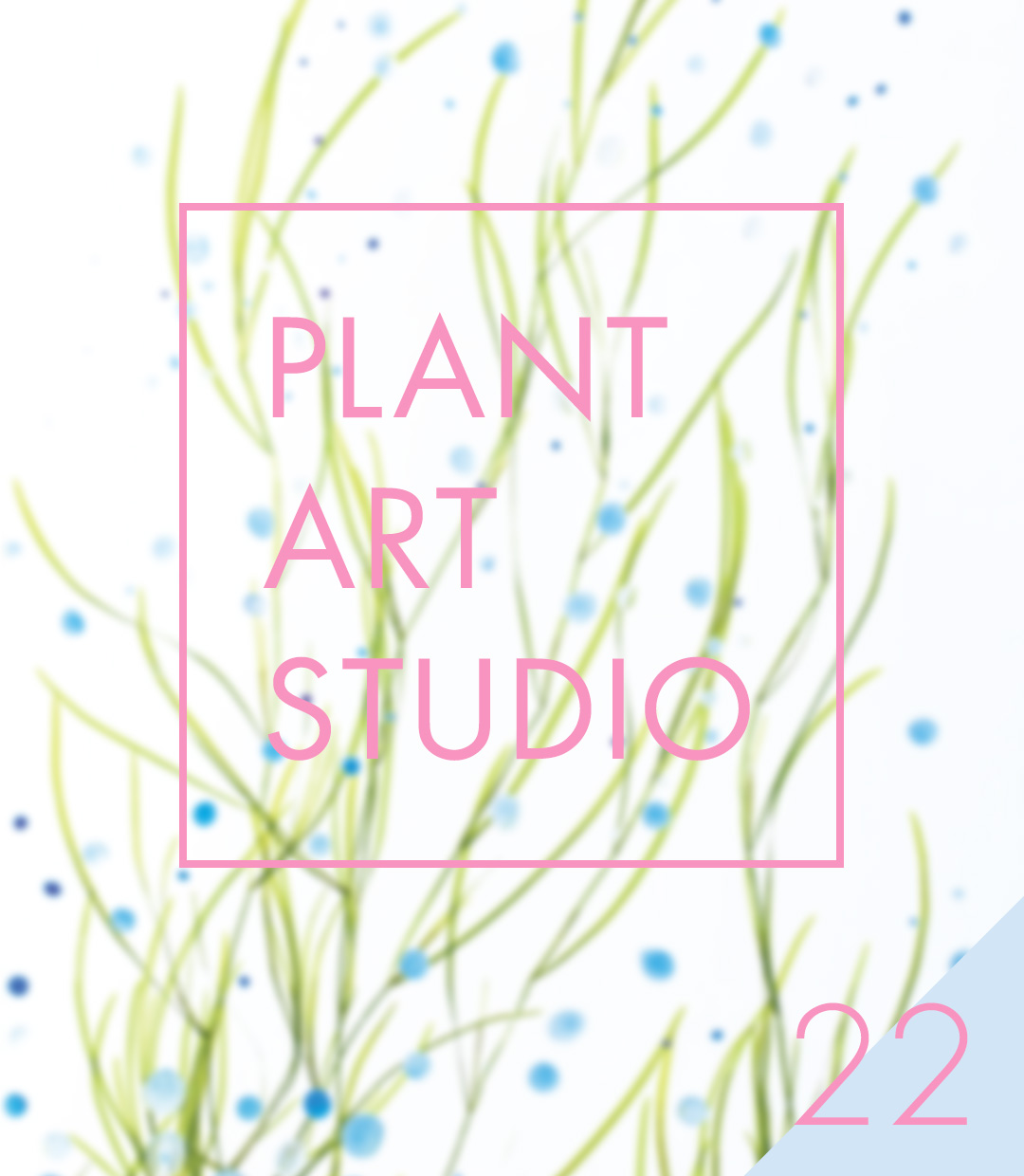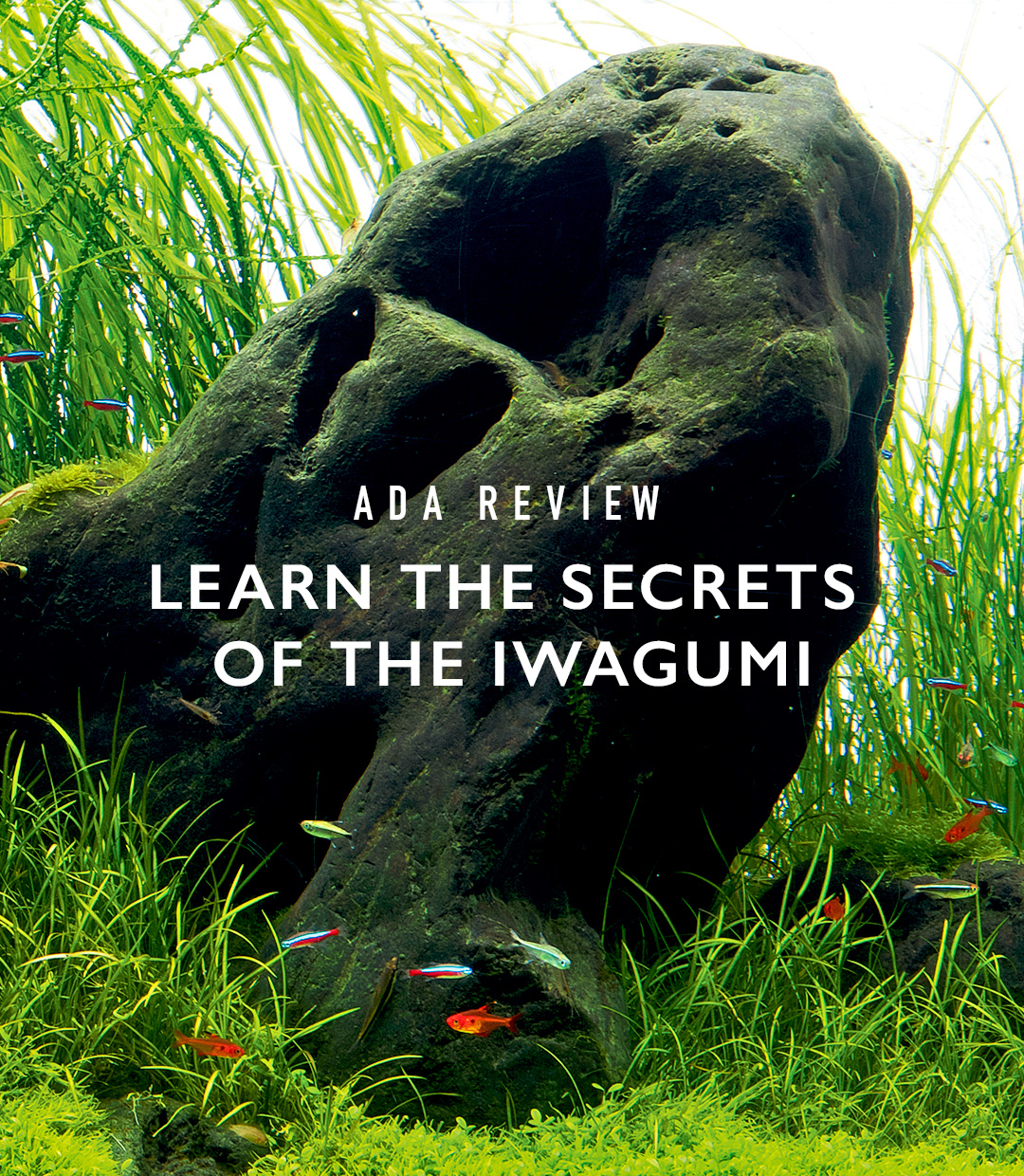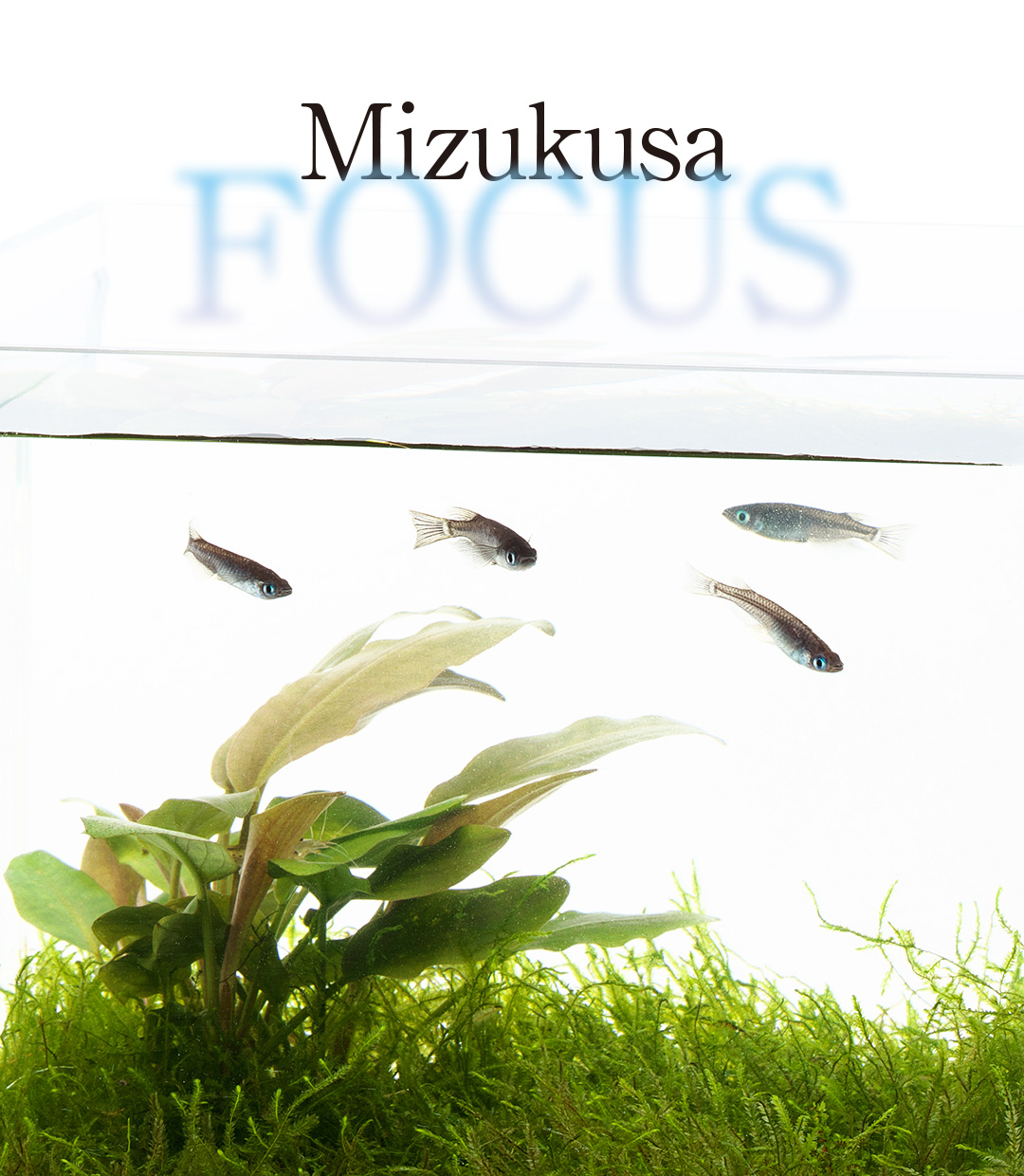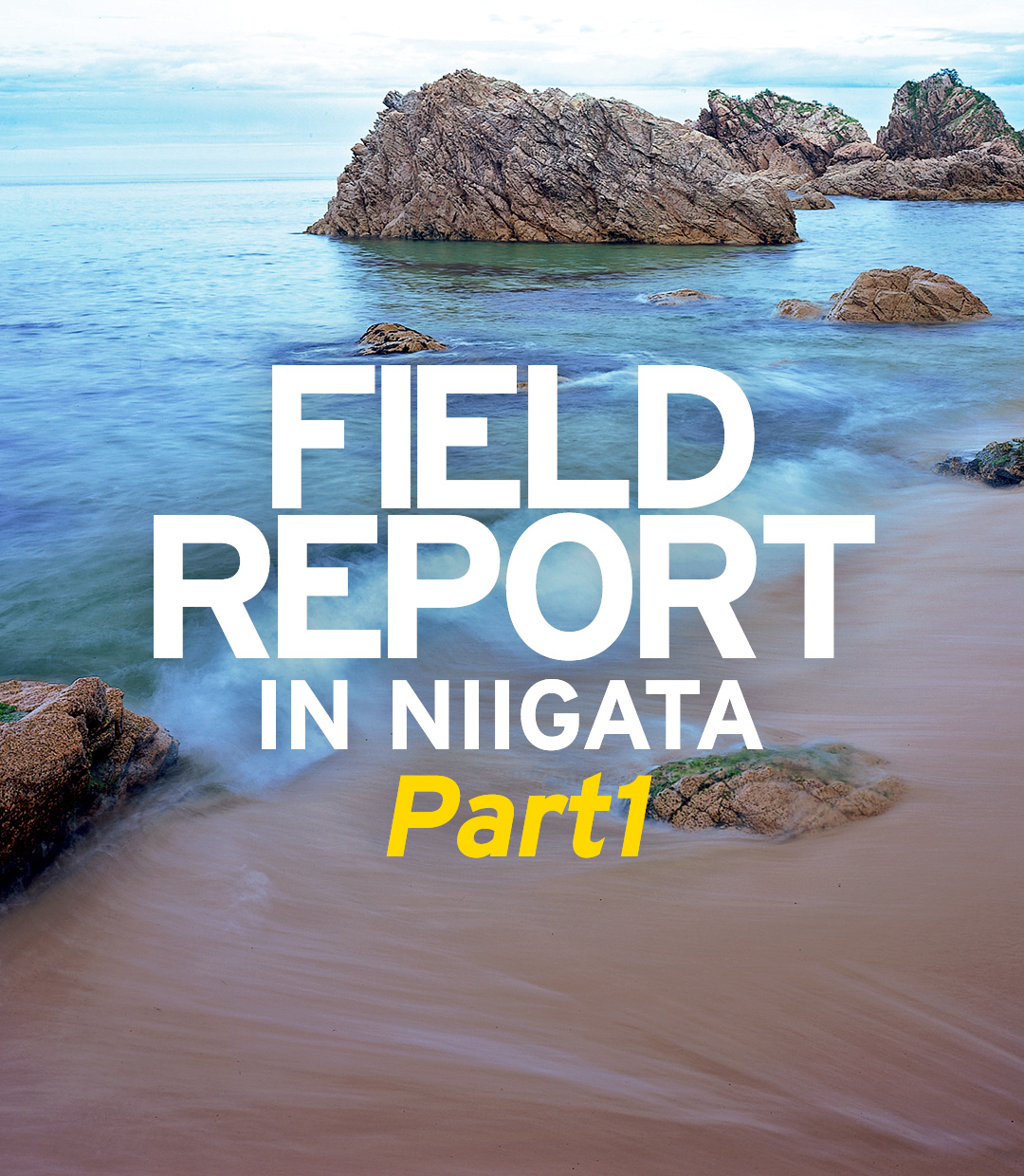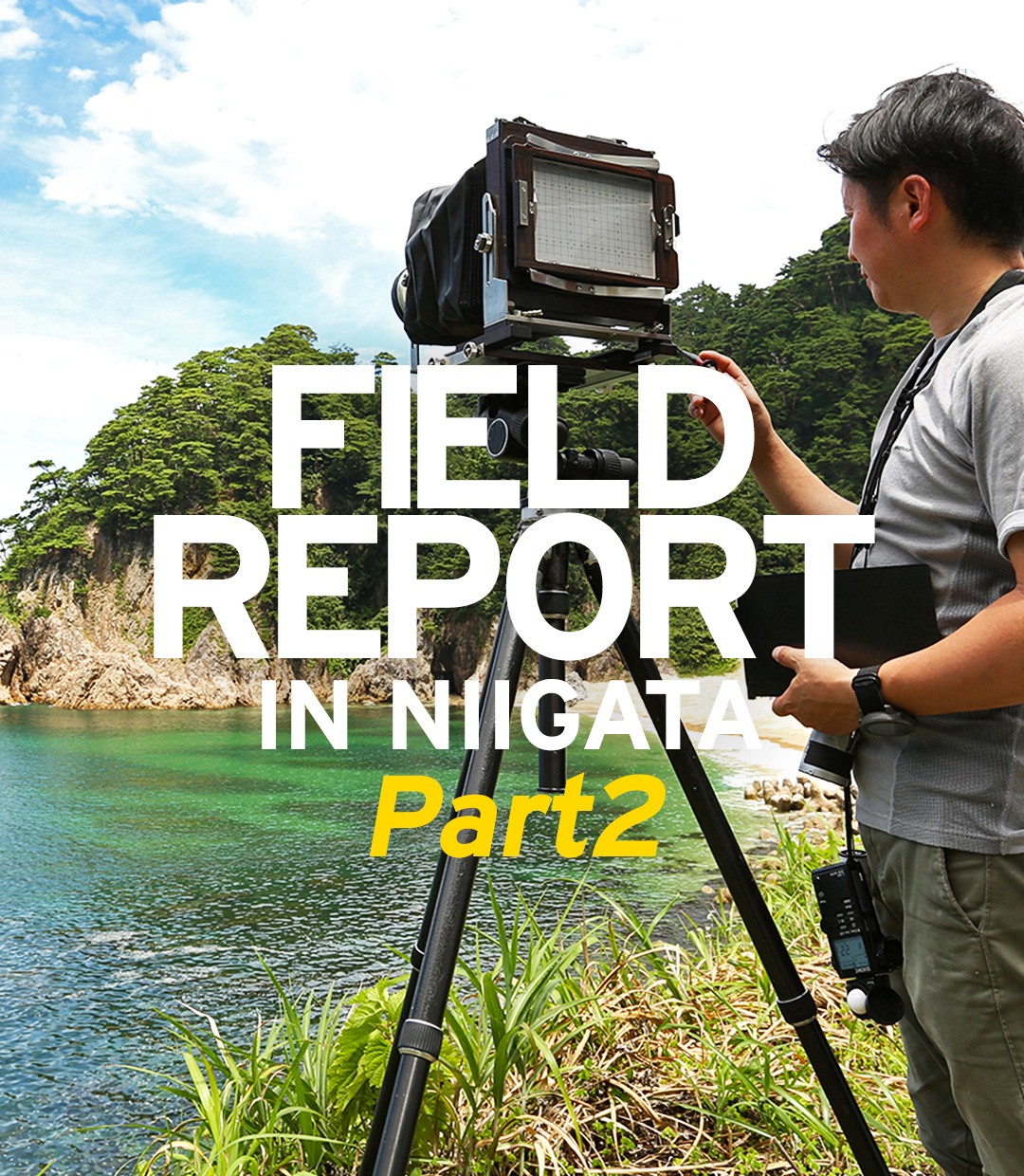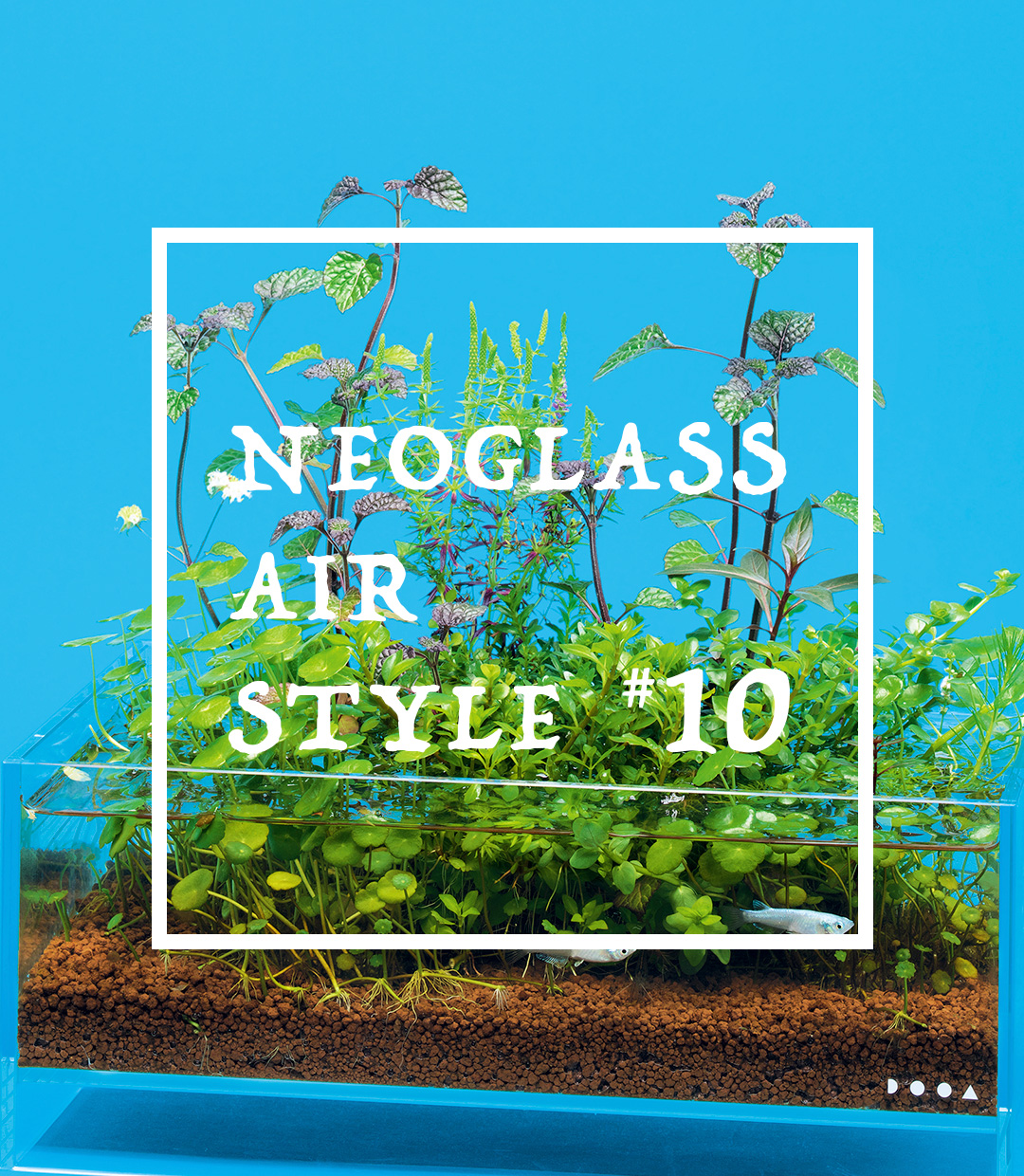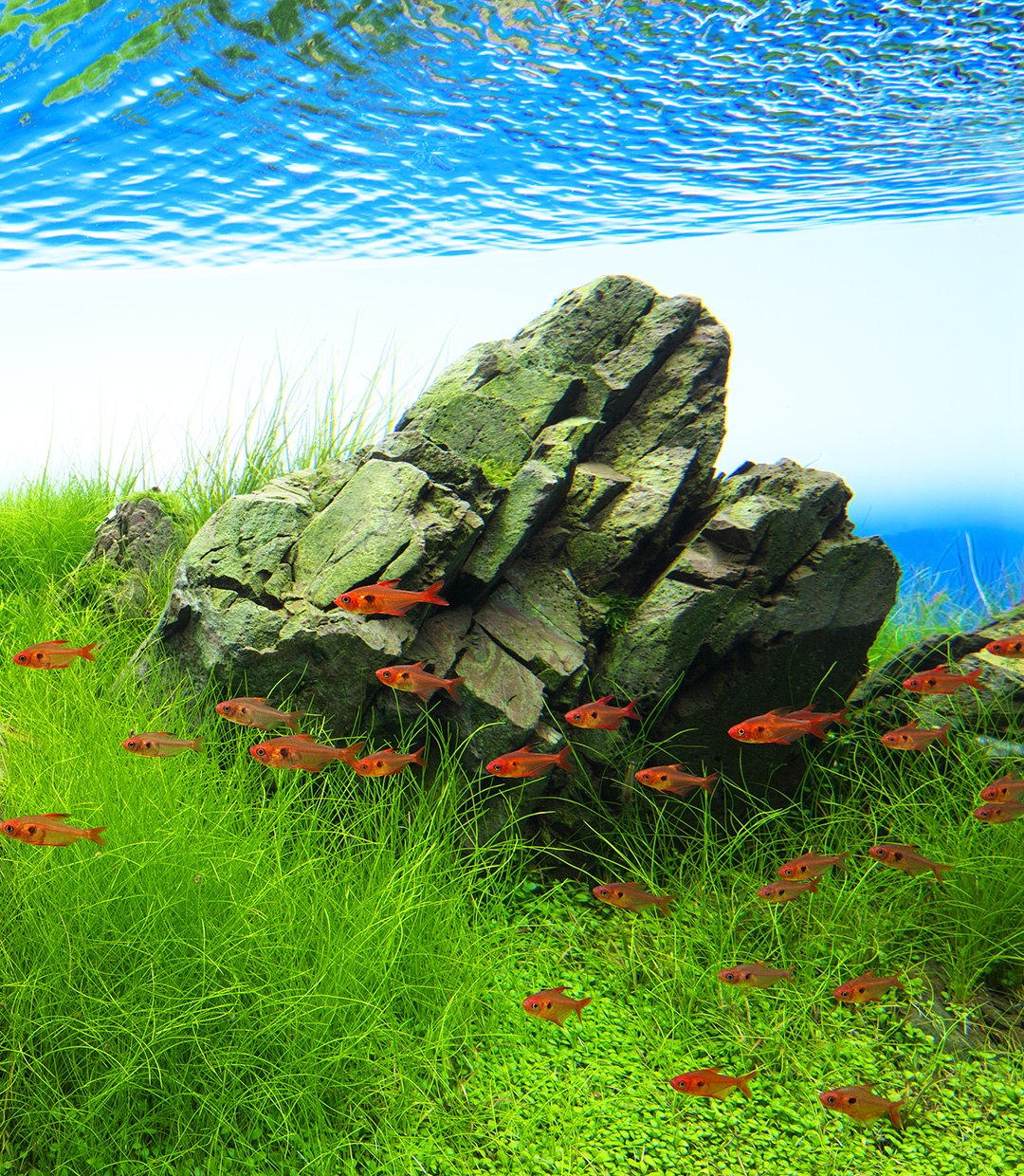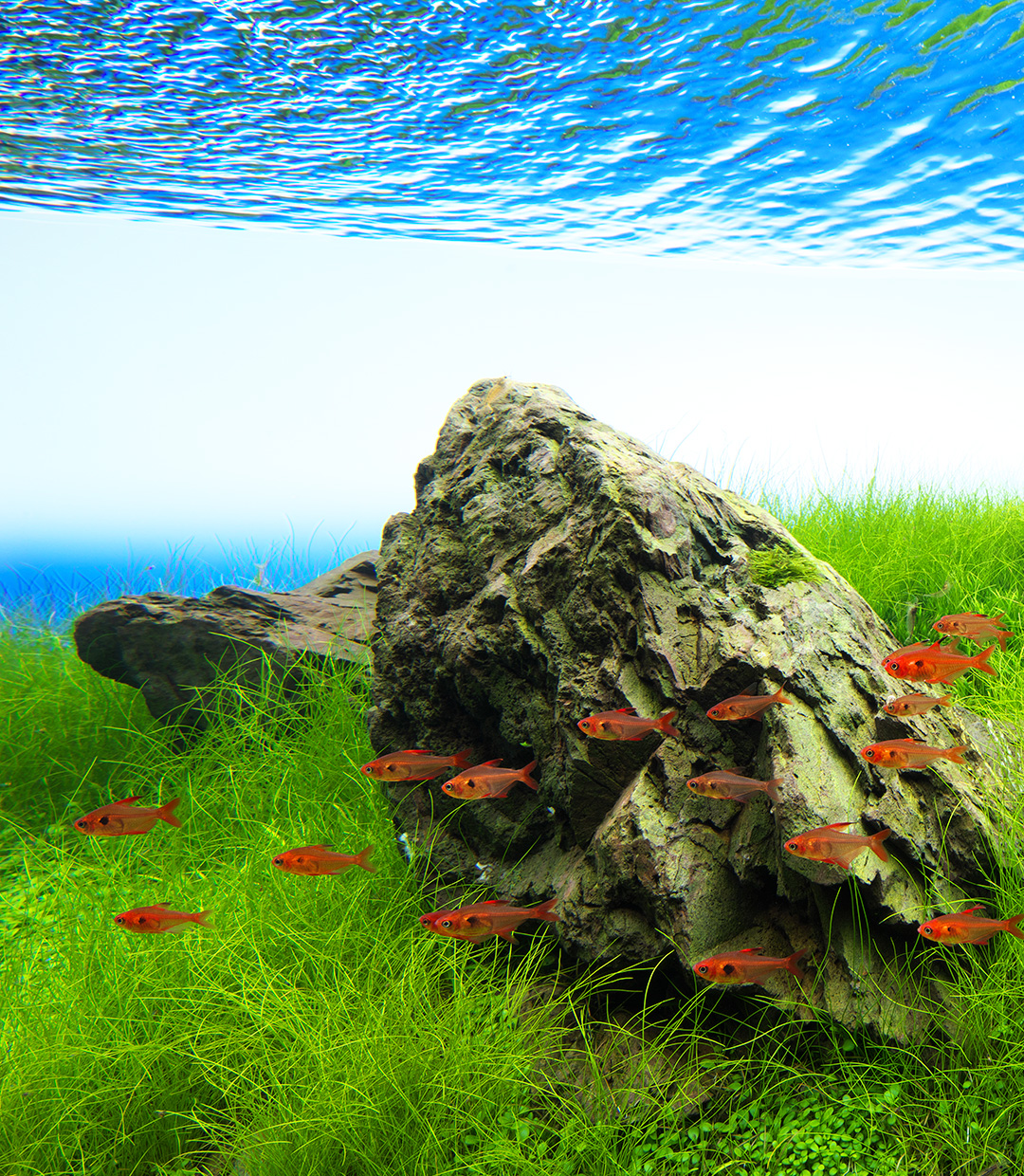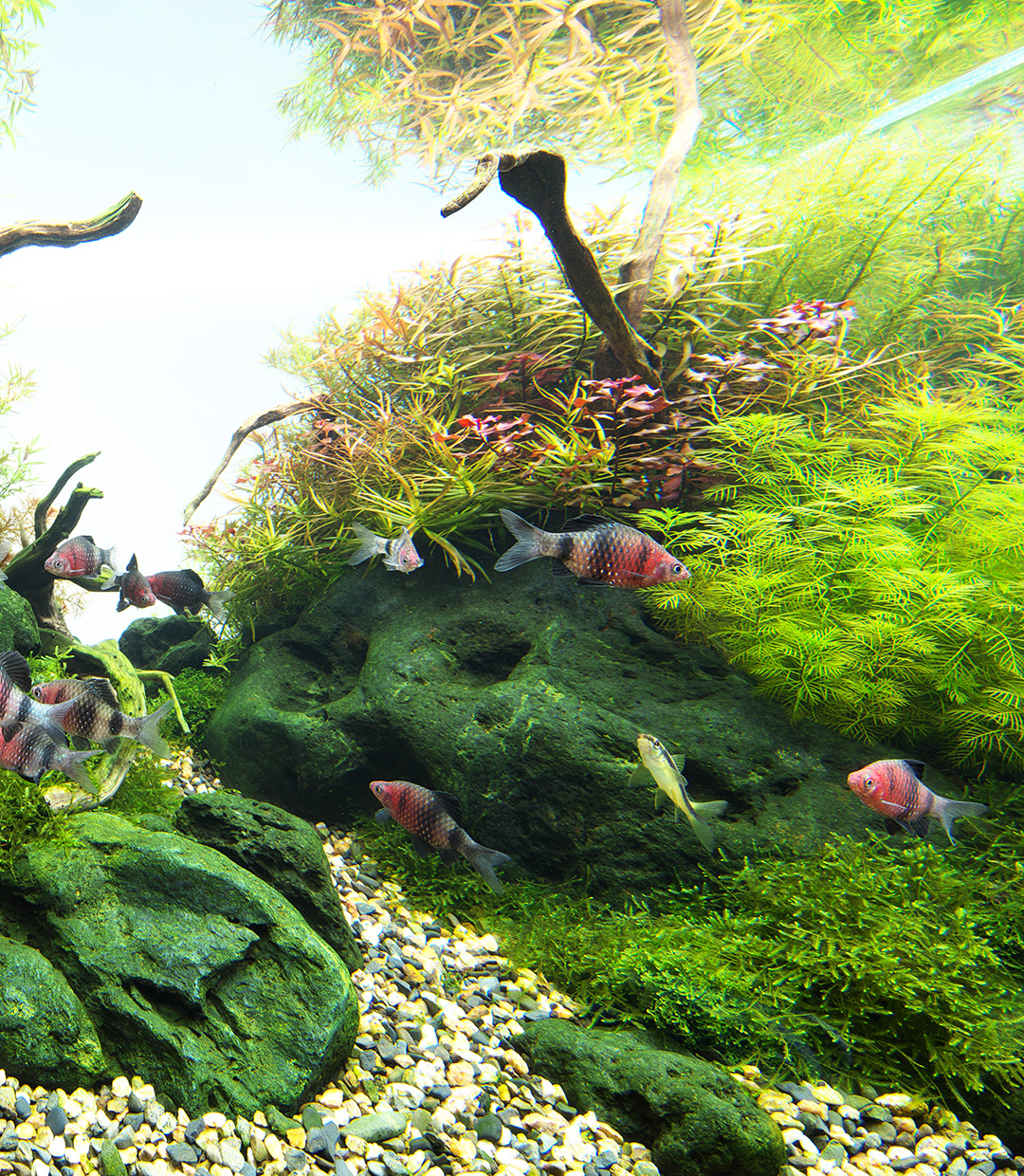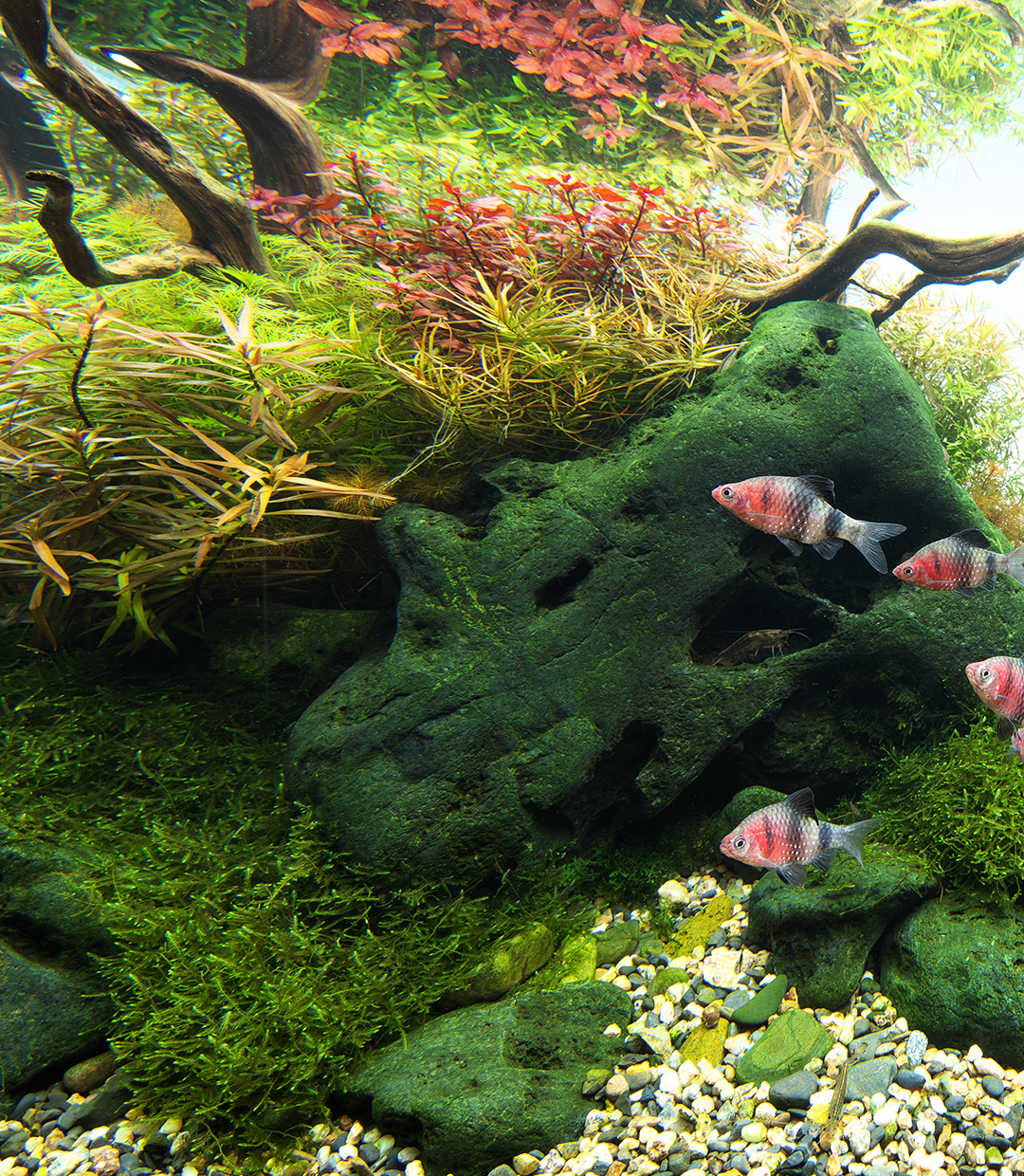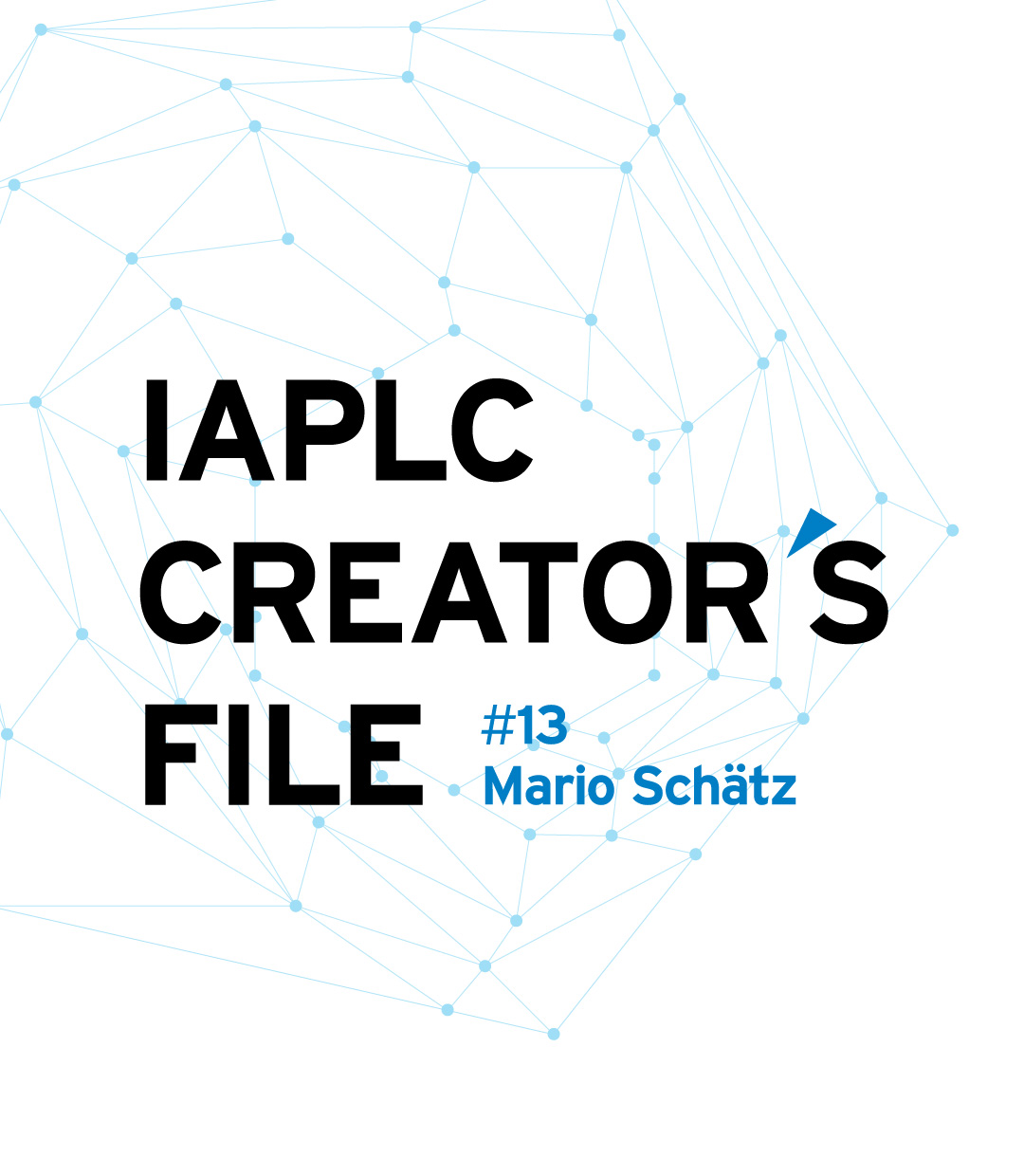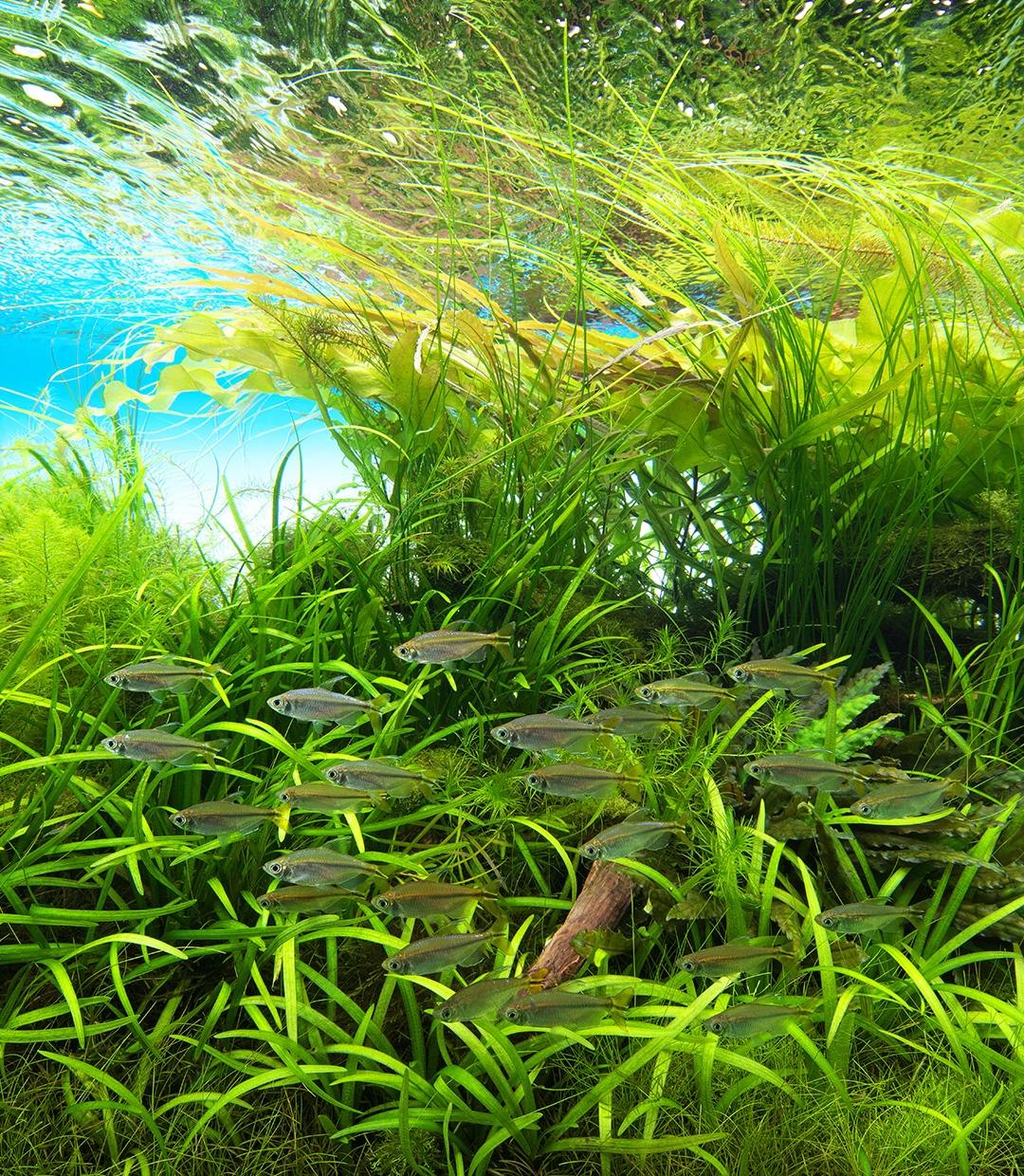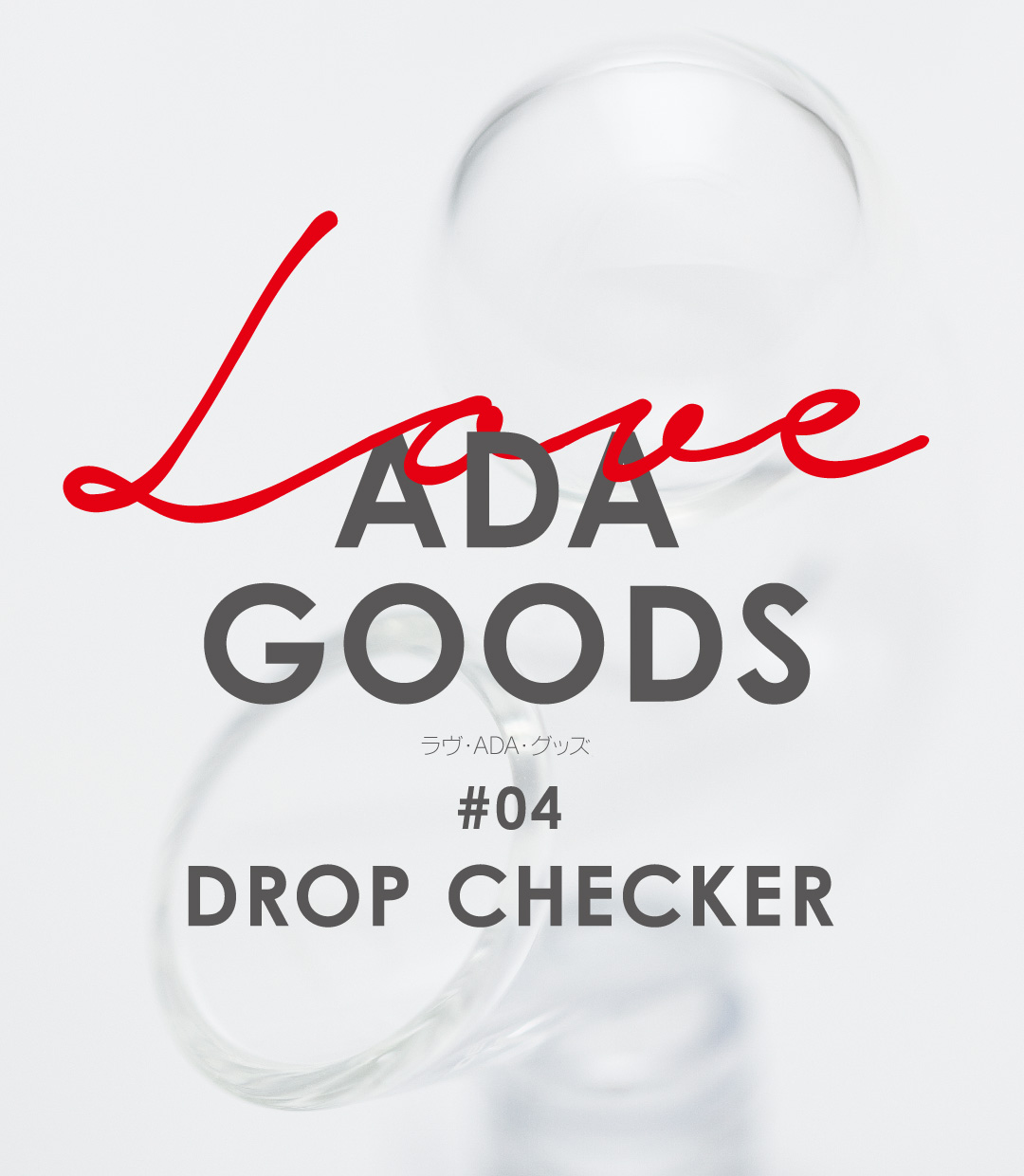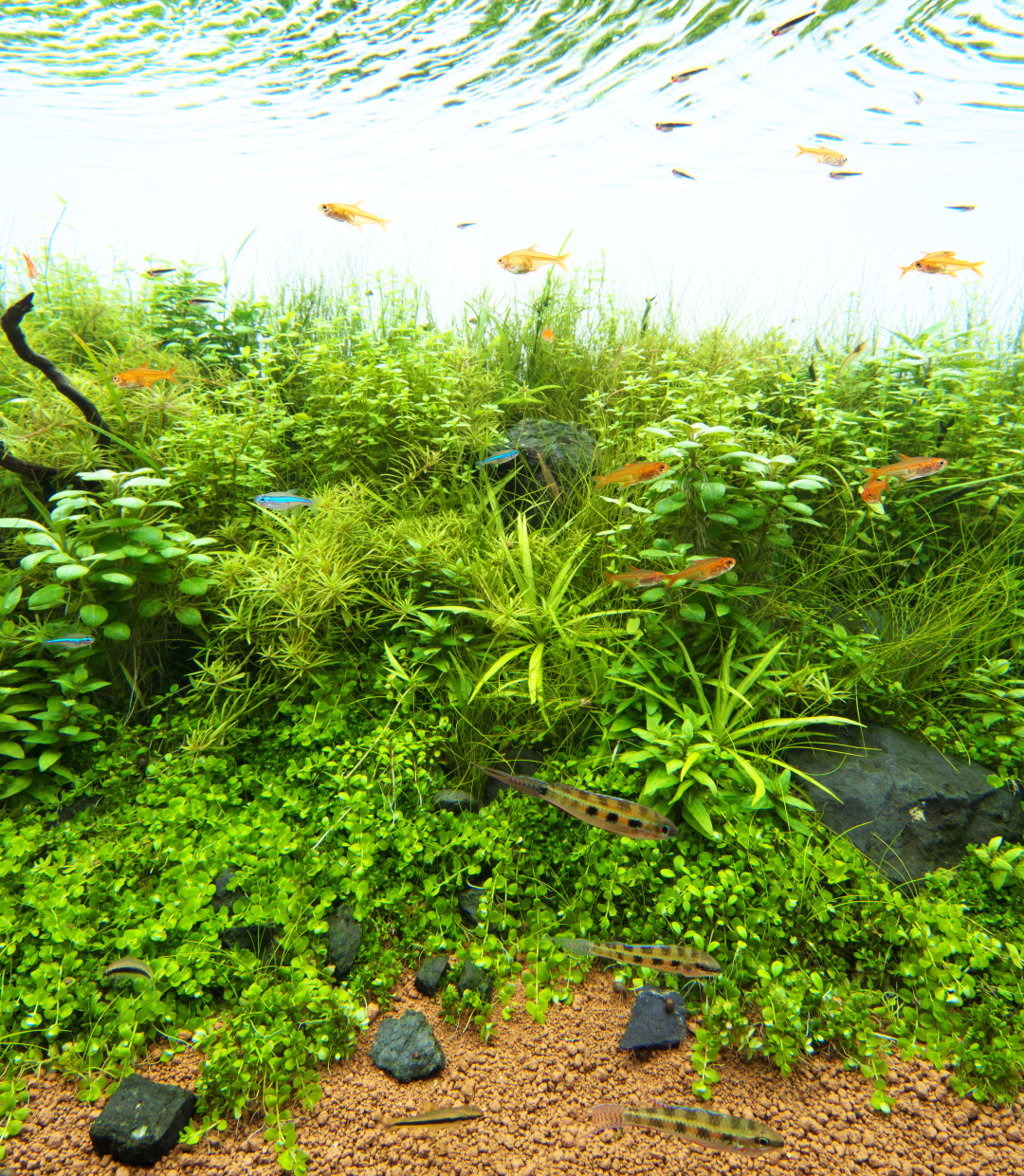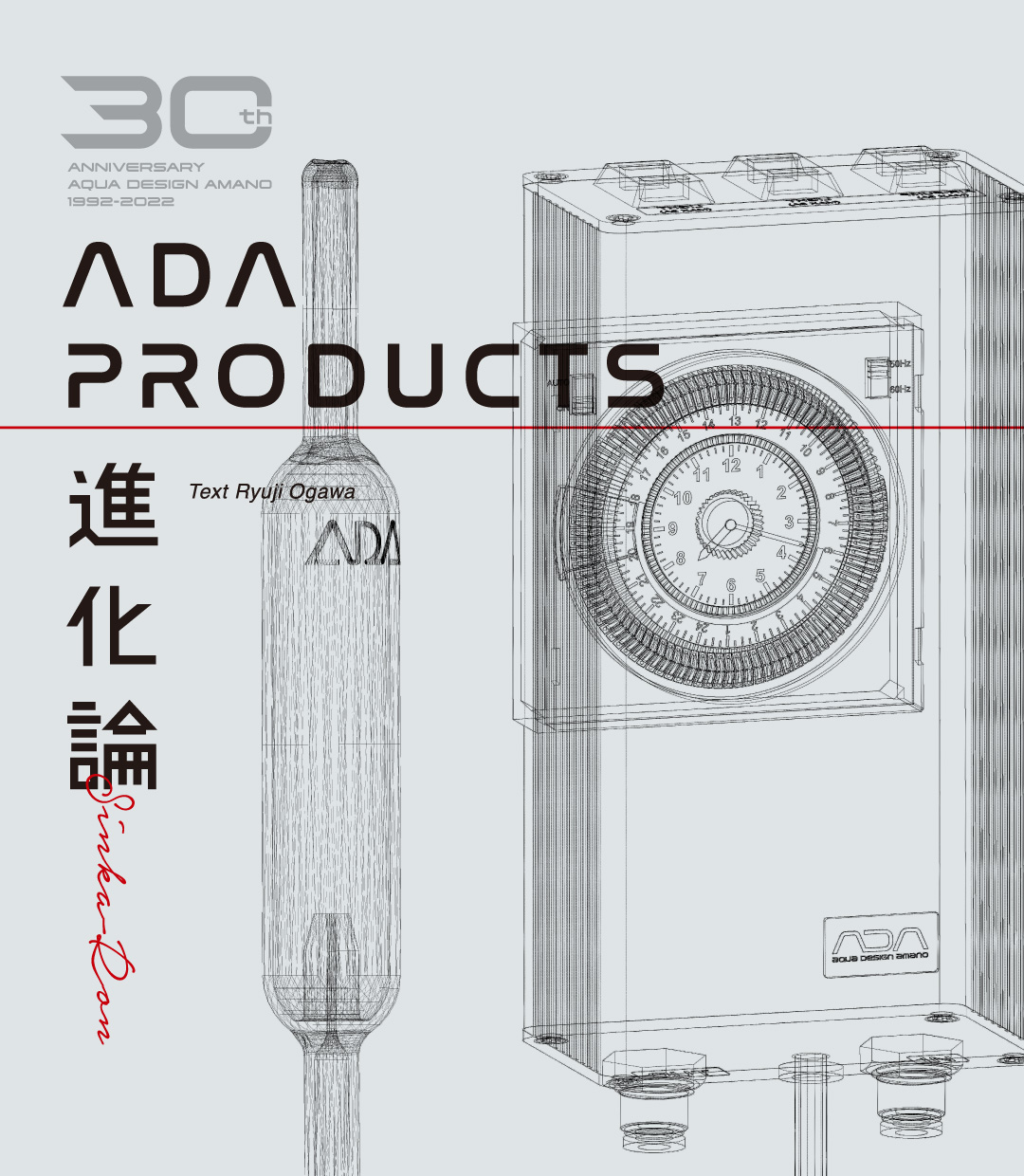ADA Review ‘Learn the Secrets of the Iwagumi’
Many of you may know, but even before the word “Nature Aquarium” was born, Takashi Amano has been working on the Iwagumi layout. Here, let’s learn the secrets of Iwagumi world that Amano has created.
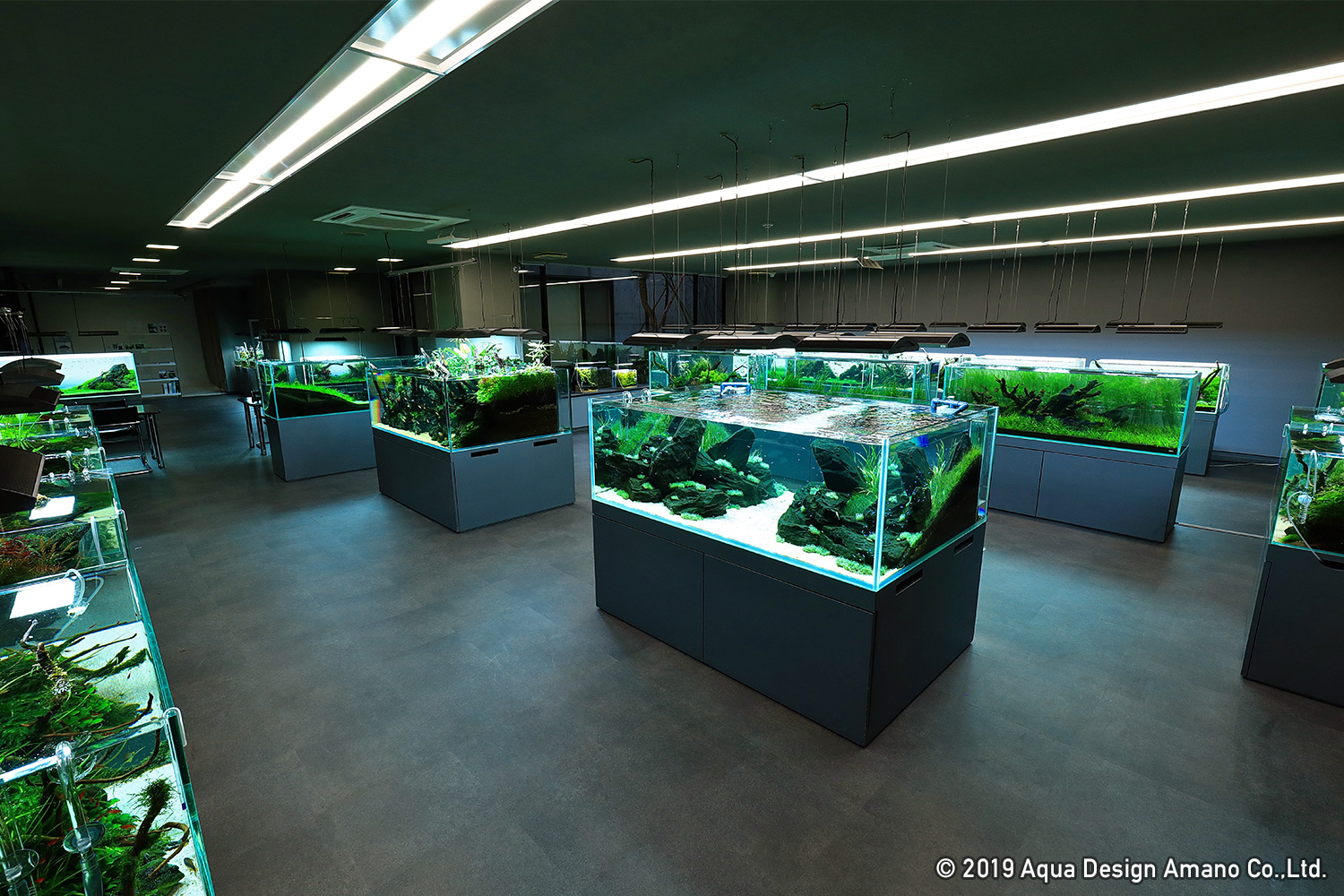
Takashi Amano (died 2015) had a career as an aquascape creator for over 30 years. Throughout the career, he had been sticking to the Iwagumi layout. At first, it seemed that Iwagumi layout was quite difficult even for Amano, and there was an episode that he disassembled Iwagumi layout that took him overnight to assemble on the next day. What Amano talked about as the essence of the Iwagumi layout was that he often observed natural stones. The most important “learn from nature” attitude in Nature Aquarium also comes from the essence of the Iwagumi layout. So let’s learn the secrets of Amano style Iwagumi while looking back at the history of the Iwagumi layout.

W120 × D45 × H45 (cm)
Produced and photographed by Takashi Amano in 1985
Iwagumi layout style established more than 30 years ago
The W60cm Iwagumi layout that Takashi Amano first produced used Senmigawa stones, and only Echinodorus tenellus was used for planting, which was rarely known in Japan at the time. It was said only Cardinal Tetra was released in that aquarium. The above aquascape was created in a W120cm tank at the same period, and the Iwagumi layout composed by Senmigawa stone, Echinodorus tenellus and Cardinal Tetra is the same as the first Iwagumi layout. It is a work in the early days when working on the Iwagumi layout, but at this point we can see classic garden technique based on the Sanson Iwagumi, and the expression of the water flow by the stone arrangement and the inclination of the stone. It is surprising to see the basic Iwagumi layout method had been established. The world of Iwagumi established by Amano would have a huge impact on Japanese and global aquarists later.

The rock position has not been changed, and it expresses natural vegetation transition by replanting.
W350 × D75 × H75 (cm)
Produced by Takashi Amano, Photographed in 2017 (ADA)
Iwagumi maintained for 14 years
This Hakkai stone layout is currently decorating the entrance to the Nature Aquarium Gallery. Since the ADA headquarters was completed in 1994, several aquascapes have been produced in the 3m50cm aquarium at the entrance, but the Iwagumi framework itself has not been changed for 14 years from the original layout produced in 2005. At the beginning of this stone assembly, there were only three aquatic plants: Glossostigma, Echinodorus tenellus, and Echinodorus latifolius. After that, the creative planting was repeated, and now planting was based mainly on the stemmed plants and tape-shaped aquatic plants. The reason why this Iwagumi has been maintained for 14 years is that it has reached the completion level as an Iwagumi of Hakkai stone in Amano and wanted to express the transition of natural vegetation by creative planting (Replanting while keeping original rock arrangement). Large stones do not move in nature, but the vegetation around them changes over time.

W180 × D60 × H60 (cm)
Produced by Takashi Amano , Photographed in 2017 (ADA)
The secret of the Iwagumi layout left by Takashi Amano
The Iwagumi layout that Takashi Amano made last in his life is this aquascape that is still exhibited in the Nature Aquarium Gallery. For Amano, the W180cm aquarium is the most convenient tank size, and many masterpieces have been created. The stones to be used in the 180cm aquarium are quite large, but the speed of assembling in the aquarium had been increasing year by year. Building Iwagumi layout without any hesitation in a short time can be said to be the essence of giving momentum (= power) to Iwagumi, but in order to do so, a wealth of experience is indispensable. To master the Iwagumi, it seems that you have to observe as many stones as possible in nature and create as many Iwagumi layouts as possible. Amano had also continued to search for new expressions of Iwagumi until the end, and this layout also expresses the rocky slope of the mountain with the Manten Stone.


